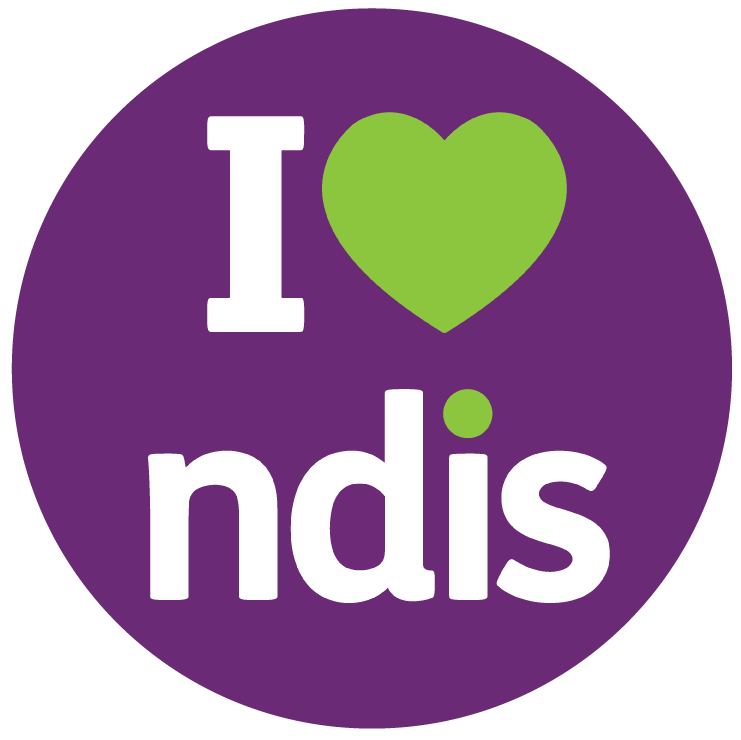When you first receive an approved plan, the amount of information can feel overwhelming. Participants often wonder how to properly use their NDIS plan and budget categories and avoid the risk of overspending or leaving funds unused. Each budget is carefully designed to meet different needs — from daily living to long-term independence.
At Axial Plan Management, we help participants interpret their budgets and ensure they use funds in a way that aligns with their goals. By understanding your categories, you can take full control of your plan and get the most value out of your support.
The Three Main Parts of Your NDIS Plan
Before diving into categories, it’s important to know the three key parts of every NDIS plan:
- Personal details – This section includes your basic information, disability details, and circumstances.
- Goals and aspirations – These are the objectives you want to achieve through your plan, such as improving independence, joining community activities, or getting into employment.
- Funding budgets – The budgets that allocate money for your supports.
Each part connects with the others. Your personal details set the context, your goals provide direction, and your budgets supply the resources.
Core Budget Category
The core budget is the most flexible part of your NDIS plan. It covers everyday supports and services that help you with daily life.
Examples of supports included:
- Assistance with personal care
- Consumables such as continence products
- Community transport to access essential services
Because of its flexibility, funds in the core budget can usually be moved between different areas to meet your needs. For strategies on managing this section, you can review this budget guide.
Capacity Building Budget Category
The capacity building category is about building long-term skills and independence. Unlike the core budget, this one is more structured. It is divided into several sub-categories, each linked to a specific outcome.
Examples include:
- Improved living arrangements – support to live more independently
- Social and community participation – activities that connect you with others
- Employment support – assistance in finding or keeping a job
- Improved daily living – therapies and supports that help you gain skills
Because this budget is outcome-driven, the money cannot be easily shifted between sub-categories. Working with a coordinator can help you get the most from this section.
Capital Budget Category
The capital budget funds major, one-off purchases. This usually includes:
- Assistive technology like wheelchairs, prosthetics, or hearing devices
- Home modifications such as ramps, railings, or bathroom upgrades
Since these are high-cost items, the NDIA requires strong evidence and approval. This category is the least flexible, but it’s essential for long-term accessibility.
How Categories Work Together
Though each budget has its own rules, they all connect through your goals. For example:
- A transport allowance in your core budget may help achieve your community participation goal.
- Employment support from capacity building may be combined with assistive technology from capital to create a pathway to work.
By seeing the categories as a whole, rather than in isolation, you can create a plan that supports multiple aspects of your life.
Why Understanding Categories Matters
Not knowing how to use NDIS plan and budget categories can cause serious challenges:
- Underspending – leaving valuable funds unused
- Overspending – risking future plan reviews
- Incorrect claims – funding used for the wrong category
Regular monitoring is the key. That’s why working with a professional plan manager helps participants stay on track.
Common Mistakes With Budget Categories
Some of the issues participants encounter include:
- Confusion about which supports belong to which category
- Misusing funding for services not covered
- Overlooking opportunities in capacity building
Learning how to avoid these mistakes ensures your funding is fully utilised.
Tips to Maximise Your NDIS Budgets
- Align spending with goals – Always check whether a purchase connects with your stated goals.
- Track your usage – Review monthly statements to see how much funding remains.
- Ask questions – If you are uncertain about a category, speak to your plan manager.
- Use professional support – Experienced managers ensure funds are spent correctly.
By applying these steps, participants can use their plan confidently and avoid unnecessary complications.
How Plan Reviews Affect Budgets
Every NDIS plan includes a review period. During a review, your funding categories may be adjusted based on:
- Your progress toward goals
- New or changing needs
- Evidence provided by service providers
Being well-prepared for reviews ensures you secure funding that reflects your actual requirements.
The Role of Plan Managers in Budget Categories
A plan manager helps participants understand their budgets and stay compliant. Their role includes:
- Explaining how each category works
- Processing invoices correctly
- Tracking overall spending
- Preparing reports for reviews
This professional support gives participants confidence while also reducing stress.
FAQs – NDIS Plan and Budget Categories
What are the three main NDIS categories?
Core, capacity building, and capital.
Can I move money between categories?
Core funds are flexible, while capacity building and capital are fixed.
Do categories change over time?
Yes, during plan reviews, categories may be updated.
Who can help me with my plan?
Plan managers guide you through budgets and reporting.
Conclusion
Understanding your NDIS plan and budget categories is vital for making the most of your funding. Each category serves a unique purpose, from daily supports to building independence and securing long-term solutions.
Axial Plan Management is committed to ensuring participants gain clarity and confidence in managing their NDIS budgets.
If you’d like to learn more about our services and values, visit the About Us page.
When you’re ready for tailored guidance in managing your categories, get in touch through the Contact Us page.


